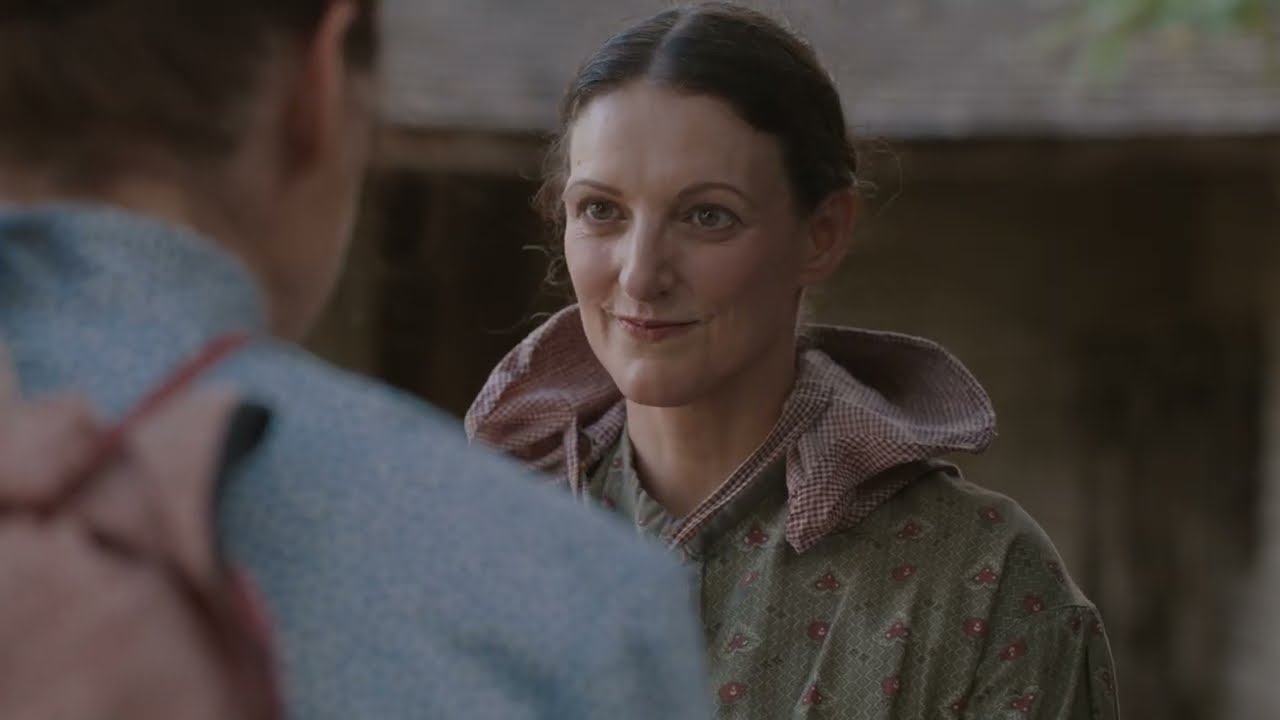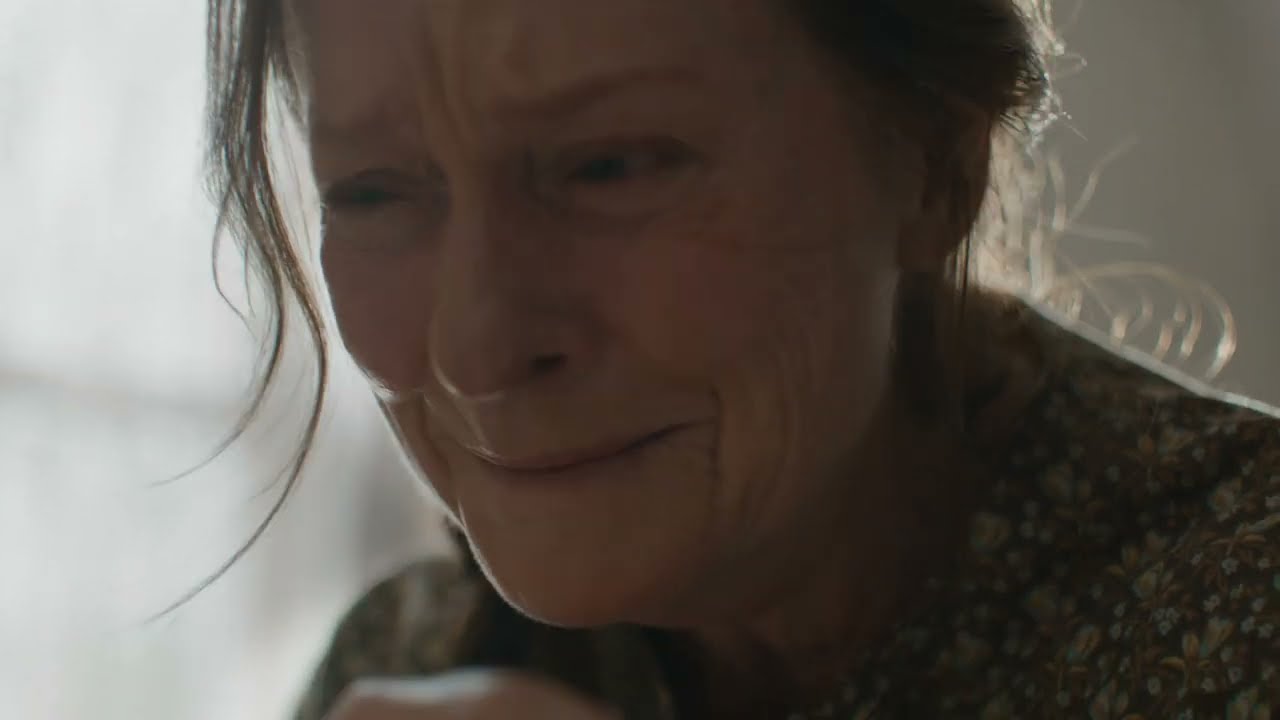
Introduction
Every so often, a film comes along that reminds us cinema can be both an emotional journey and a reflection of human endurance. Sod and Stubble (2025) is one such film—a historical drama rooted in the raw reality of life on the Kansas prairie during the 1870s. Based on the true story of Henry and Rosa Ise, it is a testament to perseverance, family, and the quiet heroism of ordinary people.

The Story
The film follows Henry and Rosa, German immigrants who settle in the harsh environment of the American Midwest. Their struggles with drought, loneliness, and backbreaking labor are not framed as grand spectacles but as intimate, lived experiences. What stands out is the authenticity: every hardship feels like it belongs not just to the Ise family but to generations of pioneers who built a nation from unyielding soil.

Performances
The heart of the film lies in its performances. The actors embody the resilience and quiet strength of their characters without resorting to melodrama. There is a stillness in Rosa’s determination and a gravity in Henry’s unspoken fears that resonate long after the film ends. The chemistry between them conveys not just romantic love but the deeper, enduring bond of survival and shared purpose.

Cinematography
Visually, Sod and Stubble captures the paradox of the prairie: vast expanses that feel both liberating and isolating. The camera lingers on the horizon, emphasizing the emptiness around the family, yet finds intimacy in the details—the rough texture of sod walls, the flicker of lamplight, the dust rising from dry earth. It’s a reminder that the land itself is both adversary and silent witness.
Direction and Themes
The director treats the material with restraint, allowing the story to breathe rather than forcing sentiment. At its core, the film is less about conquest and more about endurance. It is a meditation on what it means to persist—not with grand victories, but with small acts of courage repeated day after day. This is where the film echoes timeless truths: survival is rarely glorious, but it is profoundly human.
Why It Matters
- It honors the immigrant experience as foundational to American history.
- It portrays resilience without romanticizing suffering.
- It offers a window into a past that feels both distant and urgent today.
Conclusion
Sod and Stubble (2025) is not a loud film, but a deeply moving one. It doesn’t rely on spectacle or grandiose narratives; instead, it invites us to sit quietly with the Ise family, to feel their hope and exhaustion, and to recognize the extraordinary within the ordinary. Like the sod houses that dotted the prairie, the film is built from simple elements—but it stands strong, enduring, and unforgettable.